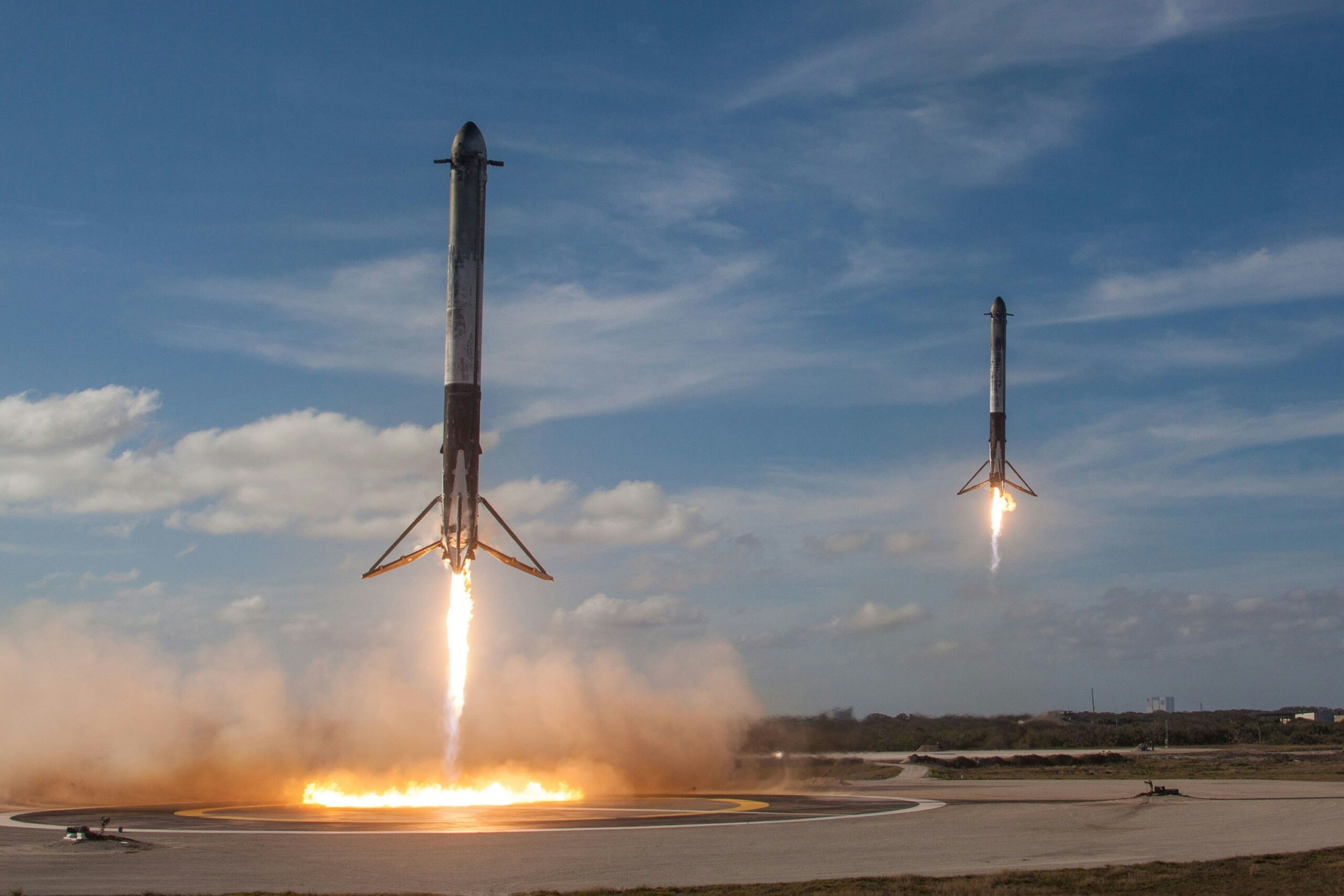
Living Beyond Earth: The New Space Age
Popular culture since at least the 1950s has raised generations to imagine they were permanently on the cusp of living in space, and so the real world impacts of space exploration over the last 70 years may have seemed disappointingly mundane.
In fact, over 30,000 commercial applications have resulted directly from technology developed for space exploration. These include memory foam, enriched baby foods, cochlear implants, MRI scanners and microchips.
Today, innovations continue to emerge; autonomous robotics, 3d printed engines, vertical crop growing systems, oxygen scrubbers, advanced polymers and ultra pure crystal growth are among the exciting new technologies applicable to everyday life.
In reality, the effects of the various historical space programs have been profound and far-reaching, and we are entering a new phase of technological transformation that will affect us all.

Image: Nick Fewings
Over the next 5 years Space is set to become a much busier place as the USA, China, consortiums of smaller nations and global corporations increasingly develop off-world capabilities.
This year alone will see a rapid increase in the number of launches as the various players begin to perfect their reusable delivery systems, with SpaceX, for example, having already launched 67 rockets within the first six months.
With competition from Blue Origin and Rocket Lab, the cost of getting payloads into space has already fallen by 95%. What was once the domain of billionaires is beginning to open up, making it economically viable to experiment with exotic materials and technologies that are impossible to create on Earth.
The next step is the establishment of orbiting habitats and factories to begin production in space. Future exploration will require bigger and more advanced spacecraft than could be launched from Earth and to achieve this, facilities in space will be required.
The International Space Station and the Tiangong space station have shown that manufacture in space is feasible and this has led both the USA and China to announce plans to set up permanent lunar bases on the moon by the end of this decade. The Global Space Economy is projected to be at least $1.8 trillion by 2035.

Image: SpaceX
Outside of manufacturing and production, travel & tourism is already contributing to the Space Economy with predicted exponential growth. The first functioning Space Hotel, Pioneer, is due to open by 2028, housing 28 guests at a time, with a larger sister hotel, Voyager, opening subsequently and offering accommodation for 400 guests. Construction is well underway and though currently everything is manufactured on Earth and will be lifted into orbit, in the near future much of the structure will be constructed either in orbit or in Lunar based factories.
Both hotels resemble spinning wheels, simulating a low gravity environment through centrifugal force and will provide their guests with a luxury vacation including weightlessness activities. The current estimate per visitor is currently $25 million, meaning space vacations will not be experienced by the vast majority of consumers for a very long time.
We believe that the impact of recent space exploration, amplified by the AI developments we see all around us, will hugely spark consumer imagination in a manner not seen since the 1950s and 60s.Tracing consumer desires and hesitancies is an essential part of our work and informs all our design. We’re fortunate to work with some of the most visionary companies in the world, allowing us to design not just for today, but also way into the future.
Related Articles

Delivering the Future: Rethinking the Last Mile of Retail

Future Homes: Adapting to Life in the Megacities of Tomorrow
